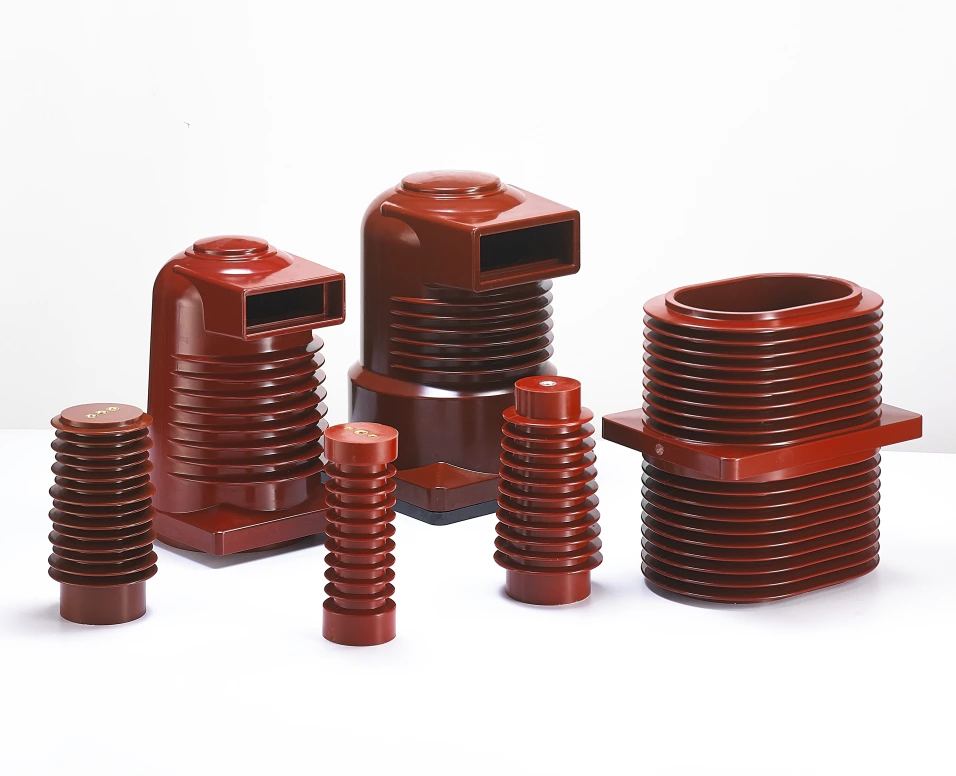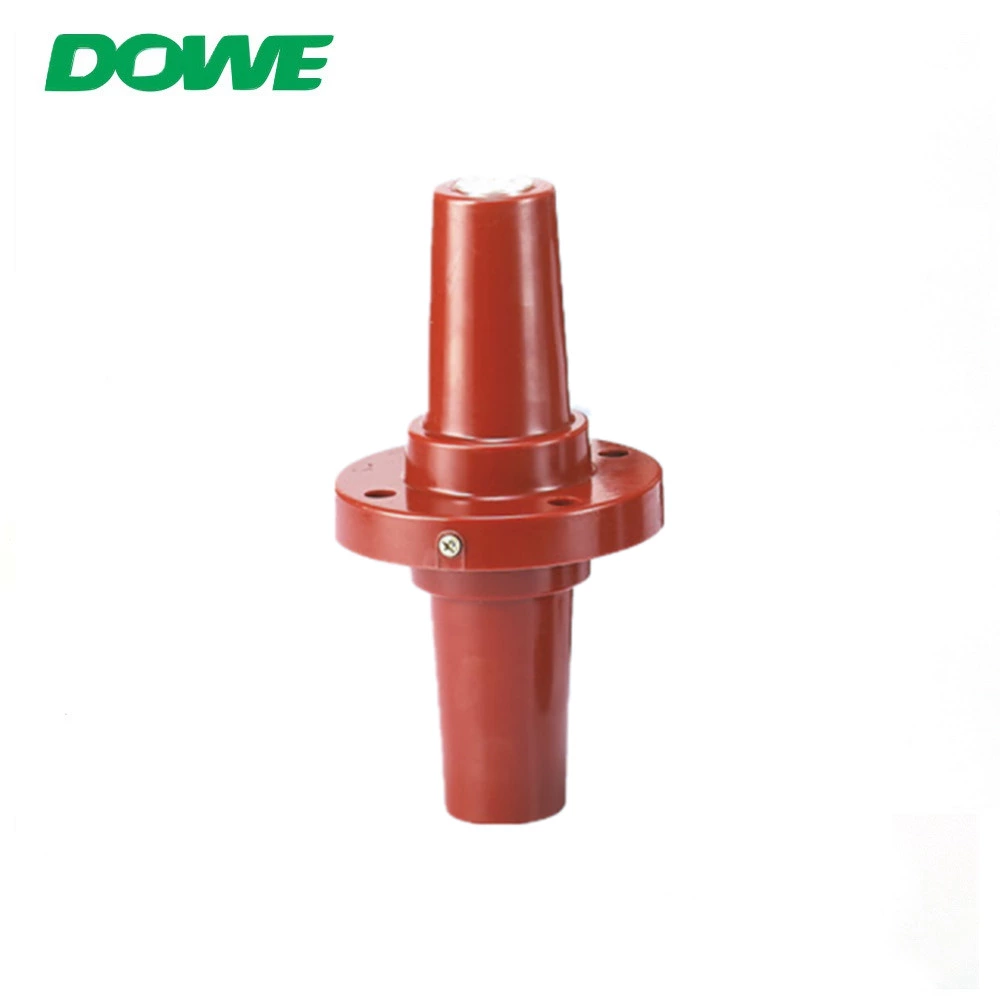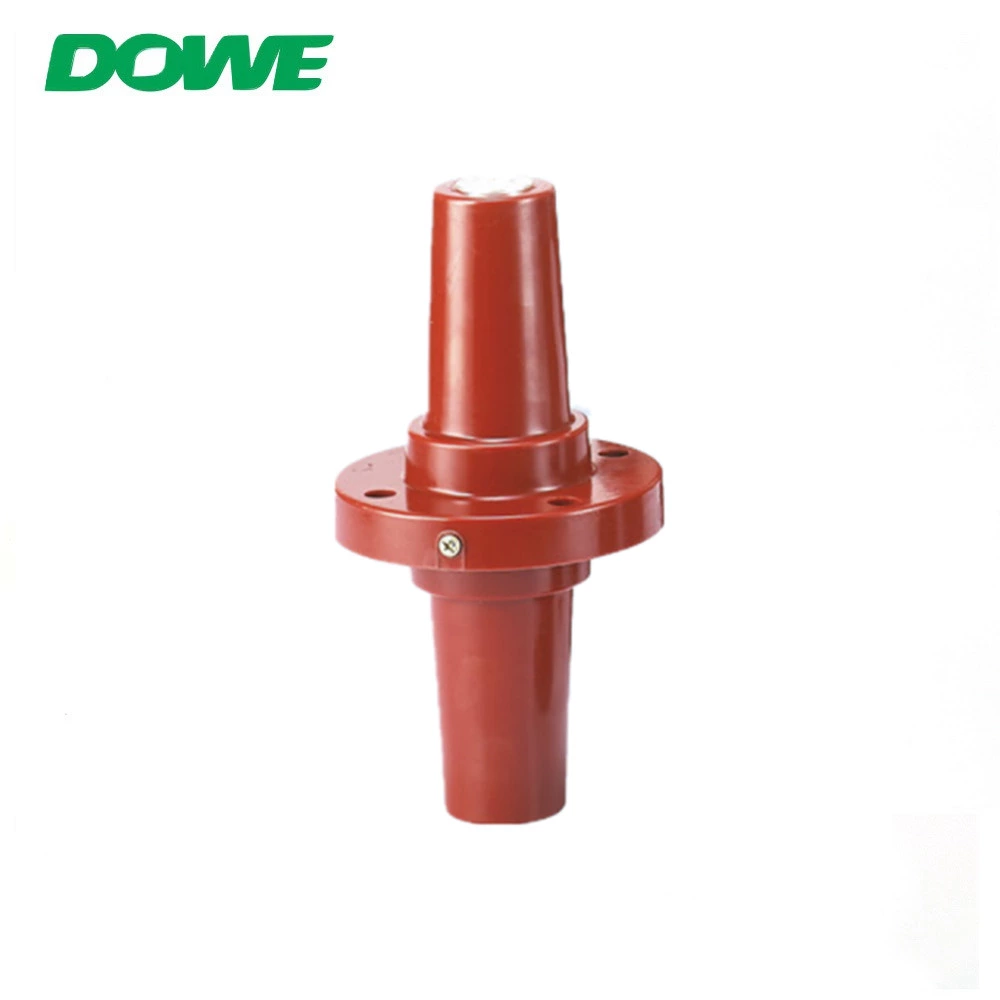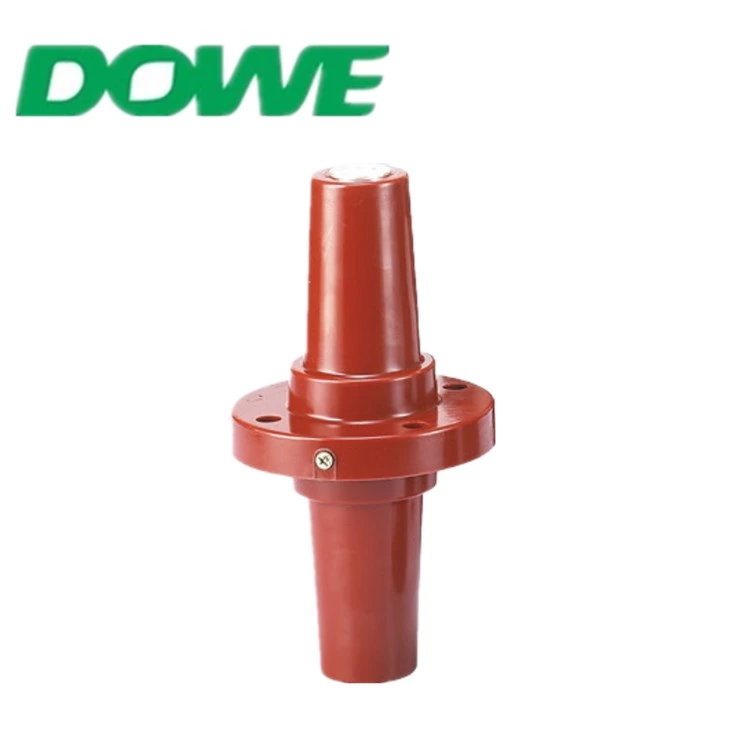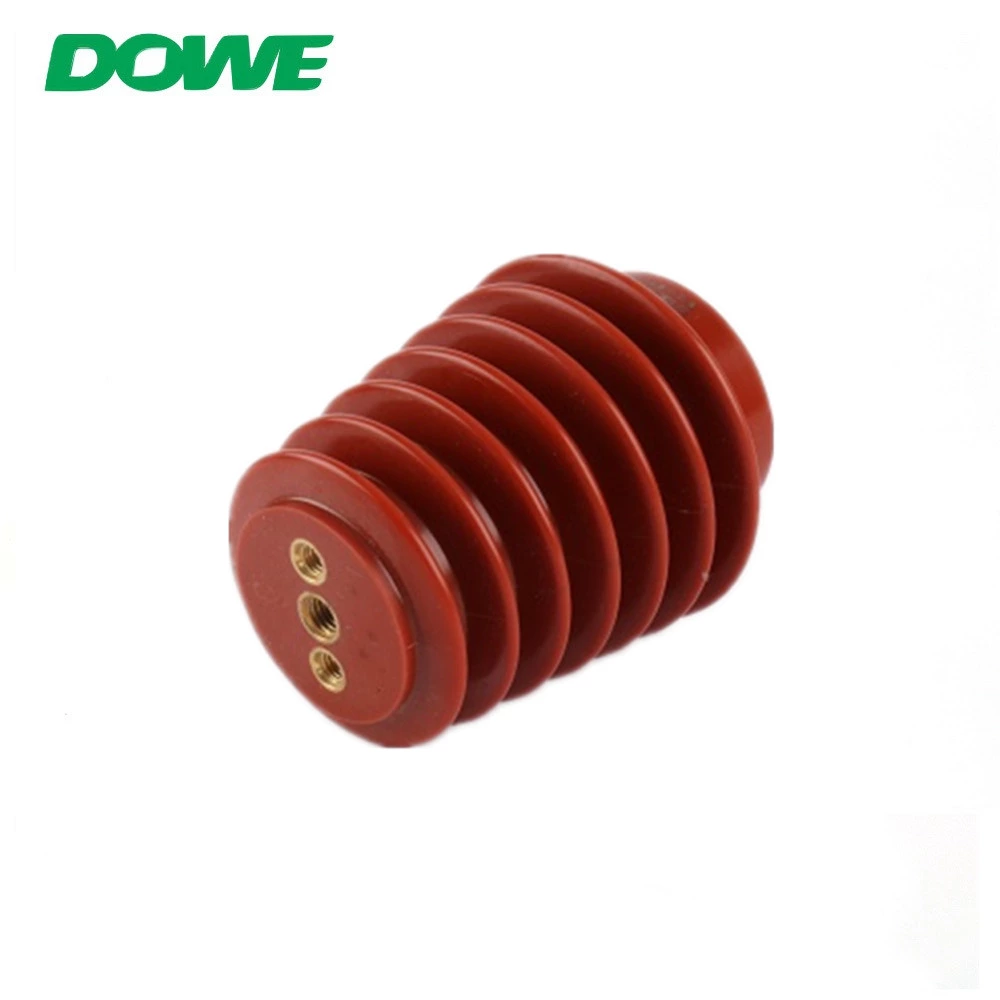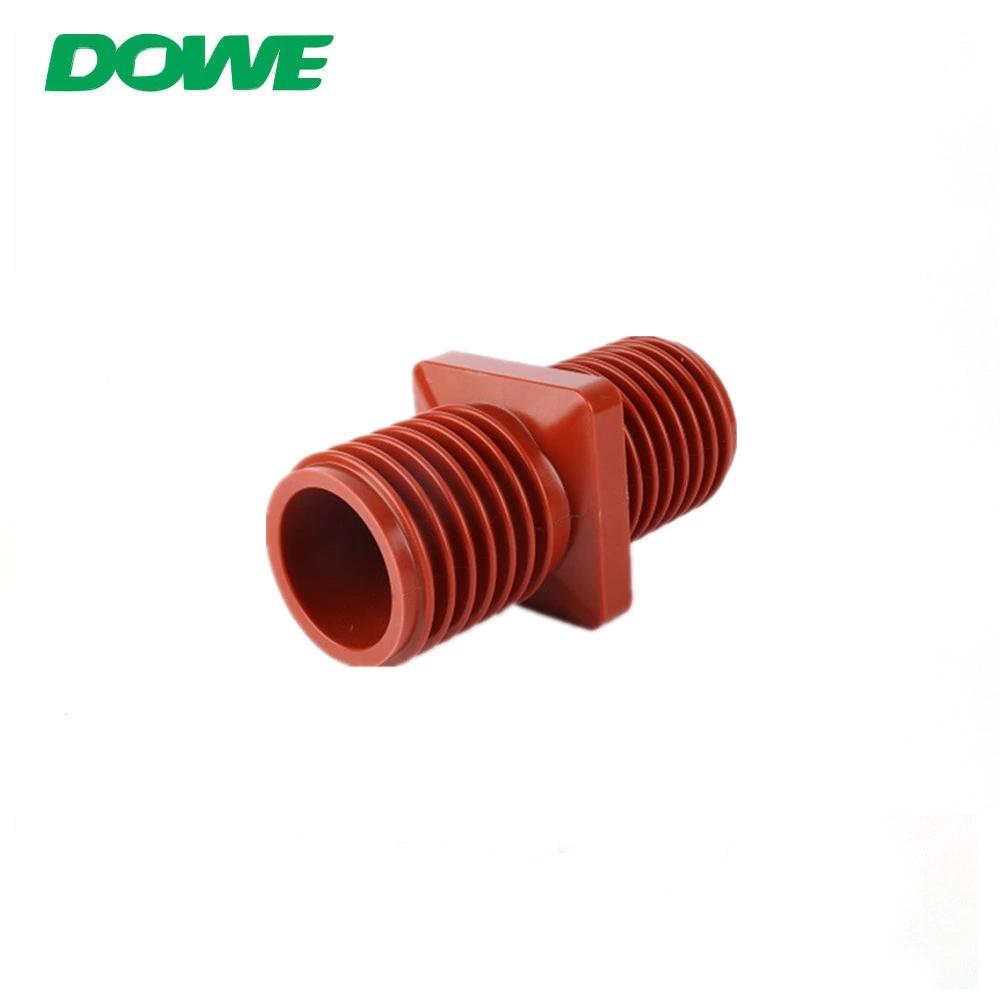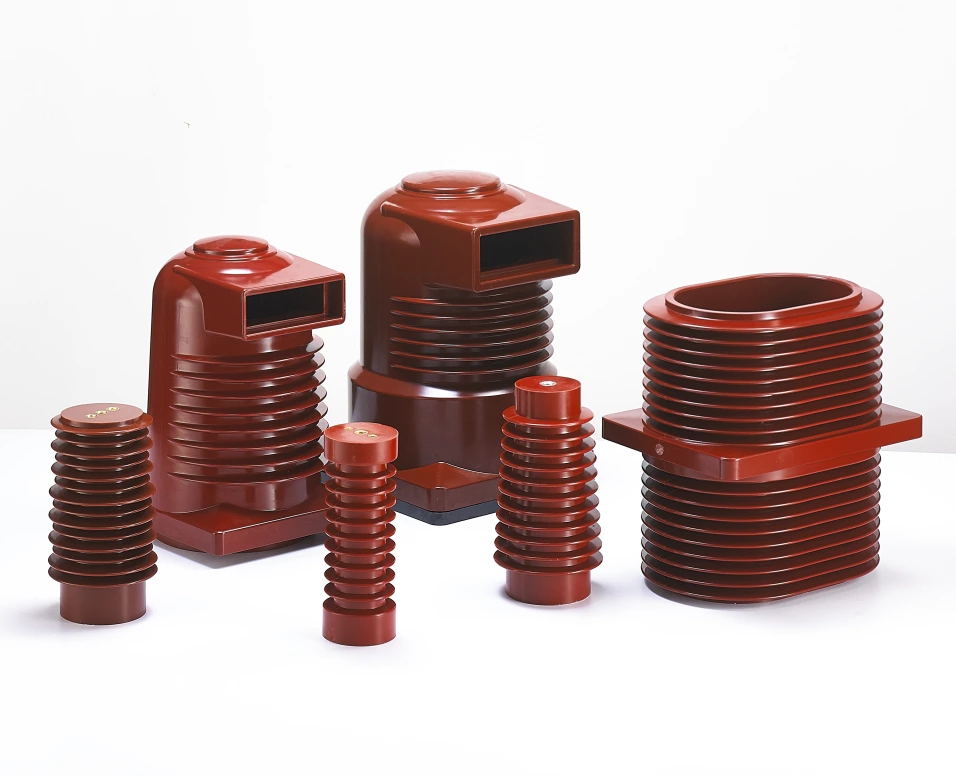Materials and Characteristics of Heat Shrinkable Tubes: A Comprehensive Overview
Heat shrinkable tubes vary according to usage scenarios and fields, so there are many raw materials for the production of heat shrinkable tubes. Common heat shrinkable tube materials in the market mainly include five materials: PVC polyvinyl chloride, PE polyethylene, PVDF polyvinyl fluoride, rubber and PTFE Teflon. Each of the materials has different performance characteristics and advantages. There are also differences in industry fields. Let’s learn with the editor of Duwai, a heat shrink tube manufacturer.
1. The heat shrinkable tube produced by PVC polyvinyl chloride material is called PVC heat shrinkable tube. It has an ultra-thin wall thickness of 0.08-0.15mm. It benefits from the relatively cheap raw materials, so it has a very obvious price advantage. The price is relatively cheap and commonly used. Insulating protective coating for automobile power battery cells. The rated operating temperature of PVC heat shrink tubing is usually 85°C, and it will begin to soften when it reaches 85°C.
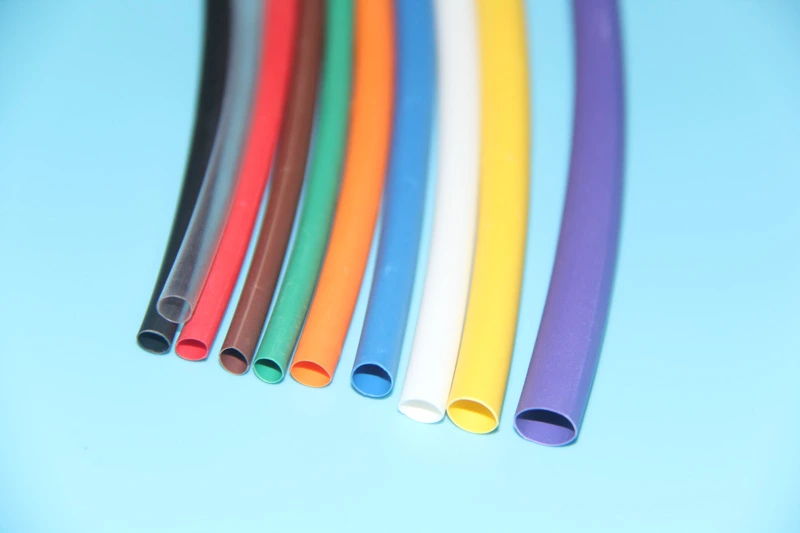
2. PE polyethylene material has excellent plasticity and stable physical and chemical properties, so there are many heat shrinkable products derived from PE polyethylene material, ranging from conventional single-wall heat shrinkable sleeves, double-wall heat shrinkable tubes and high-pressure busbar heat shrinkable tubes , all the way to thick-walled heat shrinkable tubes are manufactured using PE polyethylene as the base material, so PE polyethylene is also one of the most widely used materials in the heat shrinkable tube industry. The rated operating temperature of PE polyethylene heat shrink tubing is 125℃, which can meet most ambient temperature requirements. The shrinkage ratio is also the widest, ranging from 2 times to 6 times the shrink ratio, with more than ten standard colors to choose from.
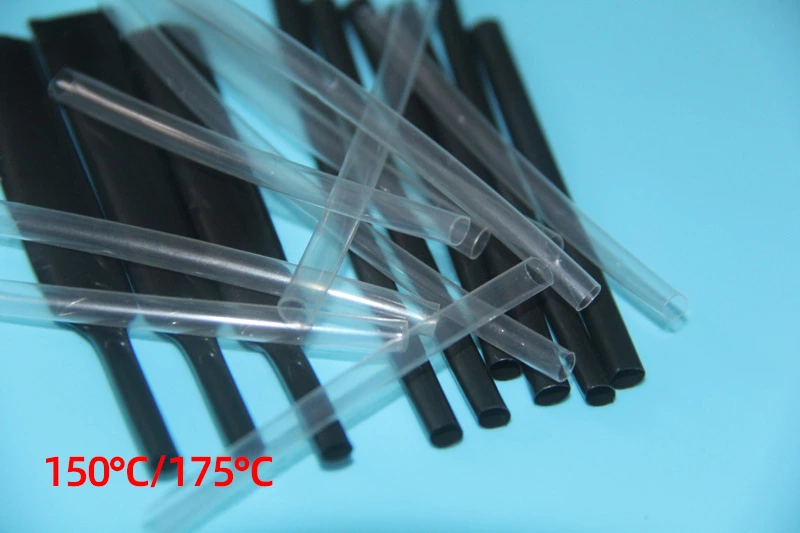
3. PVDF polyvinyl fluoride is also called fluoroplastic. PVDF heat shrinkable tube has anti-aging, corrosion resistance, high temperature resistance, biological inertness and chemical resistance, so it can be used for coating medical equipment pipelines and high-temperature-resistant precision components. Protective sleeves and motorcycle brake lines are all made of PVDF heat shrinkable tubes. According to the degree of softness and hardness, it can be divided into two types: high temperature resistance 150℃ and 175℃. The surface has high gloss and high flame retardant properties.
4. Rubber heat shrinkable tubes are divided into silicone rubber heat shrinkable tubes and fluororubber heat shrinkable tubes, both of which can meet the rated operating temperature requirement of 200°C. Silicone rubber heat shrink tubing is often called silicone heat shrink tubing. It feels very soft and is one of the softest heat shrink tubing currently. It is usually used in food and medical fields and can meet food grade standards. Fluorine rubber heat shrink tubing is widely used in environments that require resistance to high-temperature oil and chemical solutions to protect cables and pipelines from corrosion in high-temperature liquids.
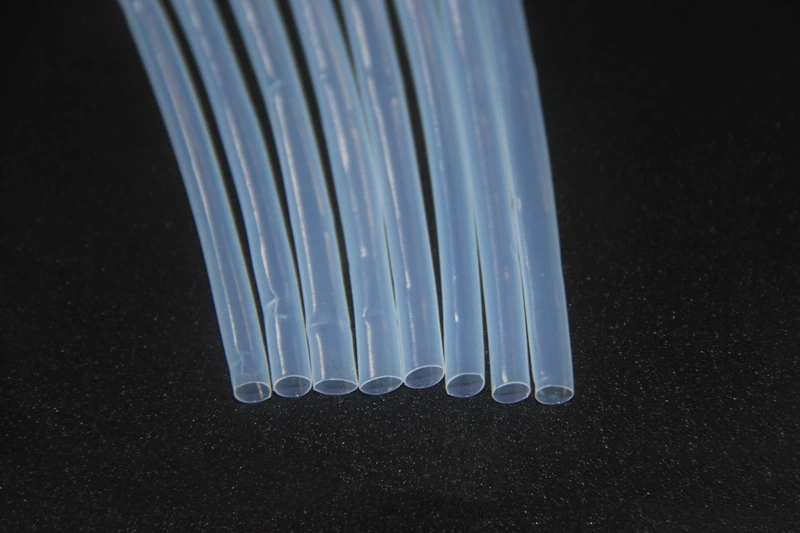
5. PTFE Teflon heat shrink tubing has the best high-temperature resistance in the heat shrink tubing industry. The rated working temperature can reach 260°C. It has low adsorption, high sliding, high flame retardancy, corrosion resistance and other characteristics, and can withstand large temperatures. Most strong acids and bases. The standard color of Teflon heat shrink tubing is generally translucent and slightly whitish.
Based on the above five points, PVC polyvinyl chloride and PE polyethylene heat shrinkable tubes have the advantages of being cheap and widely used. Heat shrinkable tubes produced by PVDF, fluororubber, and PTFE Teflon can meet the requirements of solution resistance and high temperature resistance. You can choose the appropriate heat shrinkable tube based on the characteristics of the heat shrinkable tubes of different materials and the application environment of your own products.


